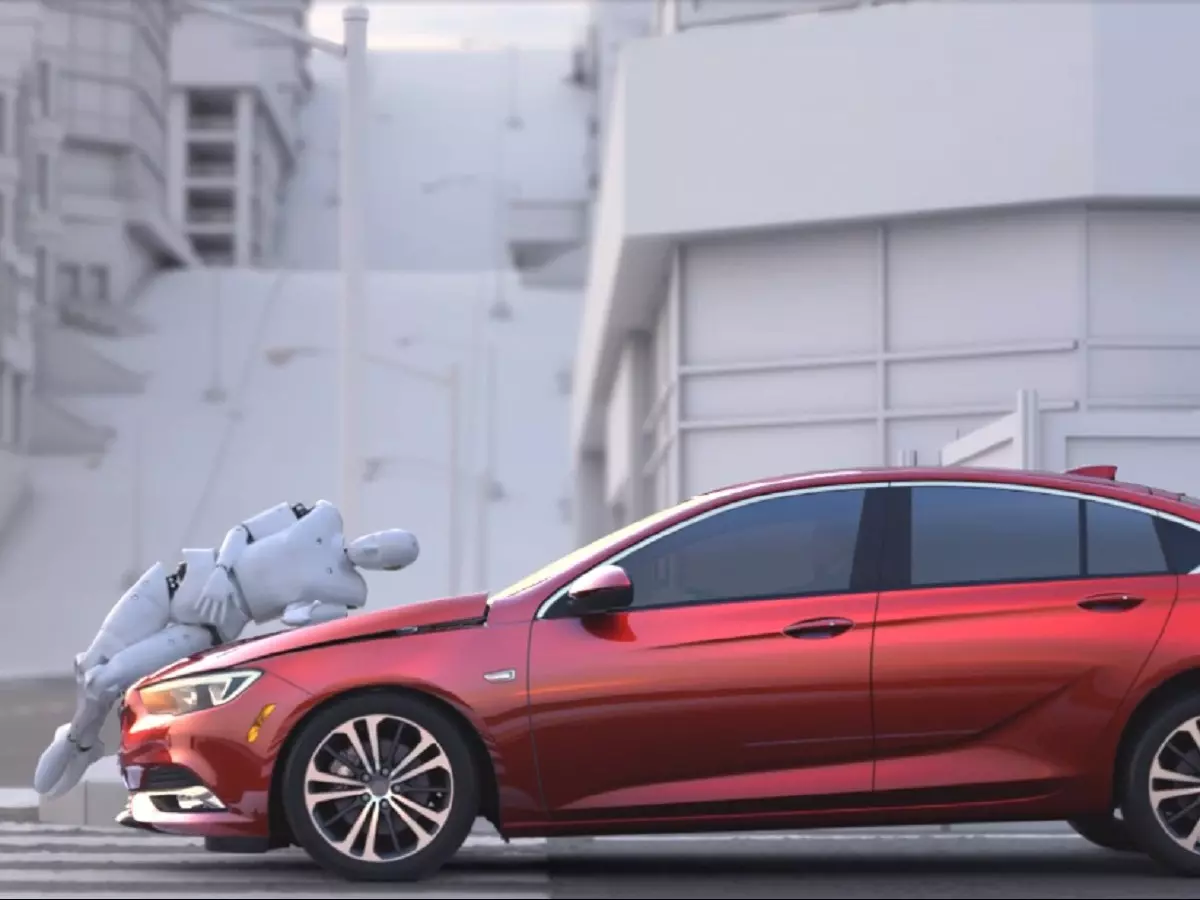Indian Cars Will Avoid Pedestrian Deaths Due To Accidents With These Technologies
Starting October this year pedestrian safety norms are set to come into effect that will require all the passenger vehicles in the country to employ passenger safety technology. India aims to have the most stringent passenger safety norms in the world. Almost all the auto majors have successfully developed their own iterations of the above two technologies.

With advancements in vehicle technology, safety is in the limelight across the world. Auto makers have already managed to make the cars much safer for the occupants over time. This is clear from the fact that many of the recent vehicles have scored a perfect 5-star safety rating in Global NCAP tests. Now, the cars are being required to protect others around them as well. A major chunk of this focuses on pedestrian safety.
Several countries, including the US and the UK, have already set up strict legal requirements as well as consumer protection tests for vehicles. The idea is to design the vehicles in such a manner that they do not harm - or at least reduce harm - to a pedestrian in case of a collision.
India is soon to join this growing list of countries. Starting October this year, pedestrian safety norms are set to come into effect that will require all the passenger vehicles in the country to employ passenger safety technology. Let us go through the various components of the said technology.
1. Active Hood
The most crucial part of passenger safety technology in vehicles in India will involve an active hood in passenger cars. Such a hood is meant to raise its height automatically as soon as it detects an accident. With the hood height raised several inches, the pedestrian is much less likely to hit the hard part of the engine upon collision. This would in turn reduce the impact on the pedestrian as he/she hits the car.
For this, sensors are employed at the front of the vehicle which are linked to the airbag control unit. The unit in turn uses infrared technology to detect a crash with a pedestrian. When it does so in the event of an accident, it triggers the actuators in the vehicle to lift the engine hood by several inches, thus protecting the pedestrian from a potentially critical fall on the car.
Check out Hyundai's Active Hood Latch system in the video below:
2. Under-the-hood Airbag
Some auto makers have managed to design an advanced version of an active hood. Volvo and Land Rover, for instance, debuted an under-the-hood airbag in their cars. The airbag is meant to cushion the fall of a pedestrian on the bonnet of the car in the case of an accident. In some cases, the airbag also covers the windshield pillars to protect the pedestrian¡¯s head.
Check out Volvo's Pedestrain Airbag Technology in the video below:
3. Evasive Steering Technology
The technology comes into play when an obstacle is detected in front of the vehicle through camera and radar sensor technology. In the case when the distance from the obstacle is not too short, Evasive Steering Assist kicks into action and maneuvers the vehicle around the obstacle. This is done by providing additional steering support at the time, as the manual steering might not be sufficient. Take a look at Ford's Evasive Steering Assist in the video below:
4. Autonomous Emergency Braking System
While this tech has made an appearance in several of the Western countries, it is still limited to luxury vehicles and is yet to make its entrance to countries like India. In essence, the technology helps detect an obstacle in the way of a moving vehicle and brakes automatically if for some reason, the driver is unable to do so in time. So, a vehicle equipped with this technology is highly unlikely to hit any other vehicle, person or object in front of it. Even if it does, the system would make sure that the speed of the vehicle is brought to minimum well in time, to reduce the impact of the crash. Check out Mercedes Benz's active braking assist in the video below:
Almost all the auto majors have successfully developed their own iterations of the above two [3 & 4] technologies. The list includes BMW, Audi, Volkswagen, Honda, Fiat, Skoda, Mercedes-Benz and Volvo. Since both the technologies involve a level of autonomous driving in vehicles, it might take some time to come to India.
For now, the Indian government might mandate just the active hood passenger safety system for vehicles in the country. Considering the high number of pedestrian deaths due to accidents across the country, the one measure alone would make a huge difference in pedestrian safety on Indian roads. The challenge for the auto makers, however, would be to introduce the technology in a cost effective manner to the price sensitive Indian market. Subsequent technologies are expected to follow in 2022, by which year, India aims to have the most stringent passenger safety norms in the world!
